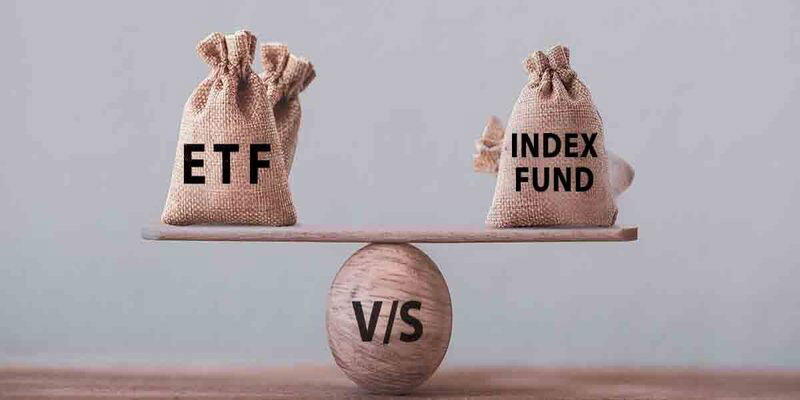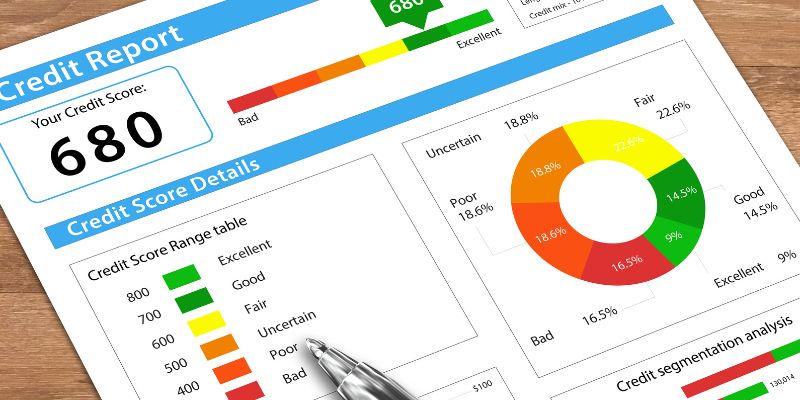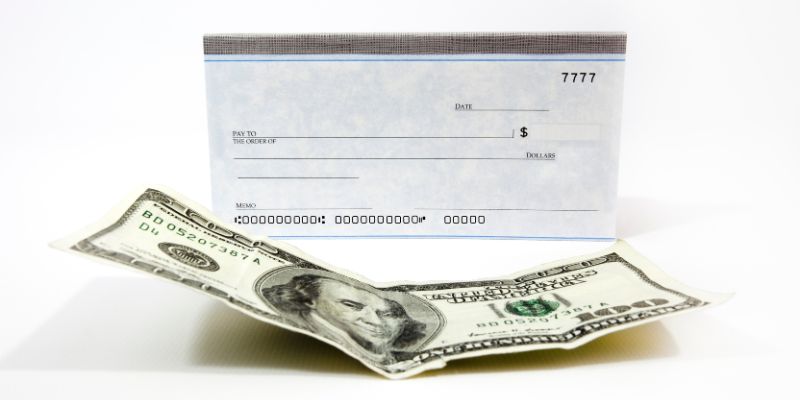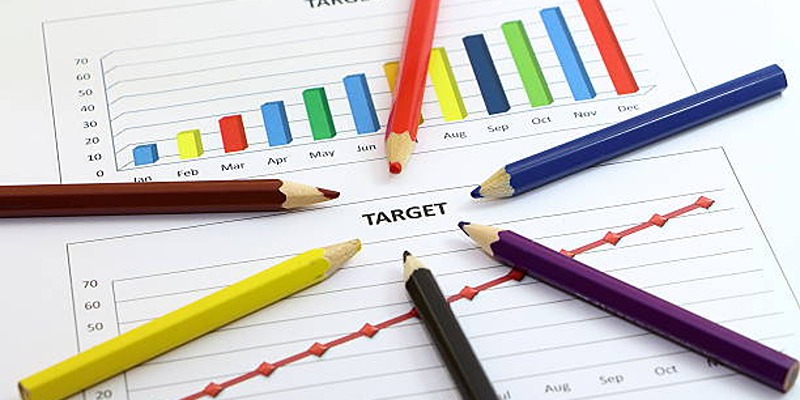The U.S. Treasury Yield Spread What You Need to Know
The U.S. Treasury yield spread is a fundamental metric used in financial markets to assess economic conditions and guide investment decisions. It measures the difference in yields between different U.S. Treasury securities, providing insights into investor sentiment and economic expectations. One of the most commonly tracked yield spreads is between the 10-year Treasury note and the 2-year Treasury note, often viewed as a barometer for market confidence.
Widening yield spreads typically indicate optimism, suggesting higher long-term interest rates relative to short-term rates. In contrast, narrowing spreads may signal economic uncertainty or pessimism. In this guide, we'll examine the U.S. Treasury yield spread, how it is calculated, and why it matters to investors.
What is the U.S. Treasury Yield Spread?

The U.S. Treasury yield spread, often referred to simply as the yield spread, is a critical metric used by economists, investors, and policymakers to gauge the health of the economy and make informed decisions. It represents the variance between the yields of different U.S. Treasury securities.
The most common calculation involves subtracting the yield on a longer-term Treasury security from that of a shorter-term security. One prevalent measure is the disparity between the yield on the 10-year Treasury note and the 2-year Treasury note.
Why is the U.S. Treasury Yield Spread Important?

The U.S. Treasury yield spread is a vital indicator for several reasons
Economic Indicator
It serves as a barometer of financial health. A widening yield spread often suggests optimism about the future, indicating expectations of higher long-term interest rates relative to short-term rates. Conversely, a narrowing spread can indicate economic pessimism
Investment Decision-making
Investors closely monitor the yield spread as it can impact investment choices. A widening spread may lead investors to favor longer-term securities to capitalize on higher yields. Conversely, a narrowing spread might steer investors towards shorter-term securities to mitigate the risk of rising interest rates.
Policy Implications
Policymakers, particularly those involved in monetary policy, pay close attention to the yield spread. A widening spread might prompt policymakers to consider raising interest rates to curb inflation, viewing it as a sign of economic strength. Conversely, a narrowing spread might prompt consideration of lowering interest rates to stimulate economic growth.
Market Sentiment
The yield spread reflects market sentiment and expectations. It can be a leading indicator of future economic conditions and market movements.
How is the U.S. Treasury Yield Spread Calculated?
Calculating the U.S. Treasury yield spread involves a straightforward subtraction of the yield on a shorter-term Treasury security from that of a longer-term security. The most common calculation is the difference between the yield on the 10-year Treasury note and the 2-year Treasury note. Here's a step-by-step breakdown of how it's done
Identify the Treasury Securities
Select the two Treasury securities for comparison. In this case, it's the 10-year Treasury note and the 2-year Treasury note.
Find the Yields
Obtain the yields for each Treasury security. Yields can be found on financial news websites, government publications, or financial databases.
Subtraction
Subtract the yield of the shorter-term Treasury security from the yield of the longer-term Treasury security. For example, if the 10-year Treasury note has a yield of 2.5% and the 2-year Treasury note has a yield of 2%, the calculation would be
Yield Spread=Yield on 10-year Treasury noteYield on 2-year Treasury note Yield Spread=2.5%2%=0.5%\text{Yield Spread} = 2.5\% - 2\% = 0.5\%Yield Spread=2.5%2%=0.5%
Interpretation
The resulting yield spread (0.5% in this example) indicates the difference in yields between the two Treasury securities. A positive spread suggests that longer-term interest rates are higher than shorter-term rates, while a negative spread indicates the opposite.
Market Implications
A widening yield spread (i.e., an increasing difference between the two yields) is often interpreted as a sign of economic optimism, indicating expectations of higher long-term interest rates. Conversely, a narrowing yield spread can suggest economic pessimism and may be a precursor to economic downturns.
How is the U.S. Treasury Yield Spread an Economy Growth Indicator?
The U.S. Treasury yield spread is essential for several reasons. First, it is a crucial indicator of the health of the economy. A widening yield spread is often seen as a sign that investors are more optimistic about the future, as it indicates that they expect long-term interest rates to rise relative to short-term rates. Conversely, a narrowing yield spread can indicate pessimism about the economy.
Second, investors closely watch the U.S. Treasury yield spread because it can impact investment decisions. For example, if the yield spread is widening, investors may choose to invest in longer-term securities to take advantage of higher yields. On the other hand, if the yield spread is narrowing, investors prefer shorter-term securities to minimize the risk of rising interest rates.
The U.S. Treasury yield spread is also essential for policymakers, as it can influence their decisions on monetary policy. For example, if the yield spread is widening, policymakers may interpret this as a sign of economic strength and choose to raise interest rates to prevent inflation. Conversely, if the yield spread is narrowing, policymakers may consider lowering interest rates to stimulate economic growth.
Conclusion
the U.S. Treasury yield spread is a crucial indicator that provides valuable insights into economic conditions and market sentiment. Investors, economists, and policymakers widely use it to assess the health of the economy and make informed decisions. By understanding how the yield spread is calculated and its implications for financial markets, individuals can better navigate the complexities of investing and respond to changing economic conditions. Keeping a close eye on the U.S. Treasury yield spread can help investors stay ahead of market trends and make strategic investment decisions to achieve their financial goals.
On this page
What is the U.S. Treasury Yield Spread? Why is the U.S. Treasury Yield Spread Important? Economic Indicator Investment Decision-making Policy Implications Market Sentiment How is the U.S. Treasury Yield Spread Calculated? Identify the Treasury Securities Find the Yields Subtraction Interpretation Market Implications How is the U.S. Treasury Yield Spread an Economy Growth Indicator? Conclusion
By Rick Novak : Sep 05, 2024
Unveiling the Mystery: What Exactly Is a Manufactured Home?
Curious about manufactured homes? Learn what they are, how they differ from traditional housing, and why they're becoming a popular choice for many.
Read More
5699

By John Davis : May 18, 2025
What Are The Key Differences Between Exchange-Traded Funds (ETFs) And Index Funds?
Exchange-traded funds (ETFs) and index funds allow investors to purchase a diversified portfolio of securities. While index funds are mutual funds meant to passively track a specific market index, exchange-traded funds (ETFs) are traded like individual stocks. They can be managed either passively or aggressively. ETFs typically have lower entry thresholds than index funds, and ETFs change more frequently.
Read More
18914

By Rick Novak : Sep 30, 2024
How Bonds Affect the Stock Market: Everything You Need to Know
This article provides a detailed overview of how bonds affect the stock market and their mutual relationship
Read More
10709

By Rick Novak : Jan 06, 2025
5 Top VA Loan Lenders
Explore the best VA loan lenders to find out about top choices so you can make better decisions for financial assistance.
Read More
4616

By Rick Novak : Oct 10, 2024
Explaining Trailing Stop Loss in Day Trading
How a trailing stop loss can help you in day trading. Learn how it protects your profits and reduces losses in fast-moving markets.
Read More
2981

By Rick Novak : Nov 29, 2024
7 Proven Strategies for Maintaining A Good Credit Rating
Secure your financial future by keeping a healthy credit score. Read our 7 strategies and start today
Read More
8665

By Rick Novak : Dec 27, 2024
The U.S. Treasury Yield Spread What You Need to Know
Discover what the U.S. Treasury yield spread is, how it impacts the economy and financial markets, and why it's important for investors.
Read More
14927

By Kelly Walker : Aug 19, 2024
The Social Security Trust Fund: What You Should Know
Social trust finance manages surplus contributions to ensure elderly and disabled people get scheduled income funded by payroll taxes.
Read More
2477

By Kelly Walker : Sep 11, 2024
An Easy Guide To Postdated Checks: What You Need To Know
Learn about postdated checks: what they are, how they work, legal issues, banking, and alternatives
Read More
1027

By Rick Novak : Dec 24, 2024
"Top Line vs. Bottom Line: Key Indicators of Financial Performance"
Explore key strategies for analyzing and enhancing your company's financial health through top and bottom line growth and strategic planning.
Read More
2972

By Kelly Walker : Aug 13, 2024
What Is Faith-Based Investing?
Learn faith-based investing, the types of investments available, and how to ensure your portfolios align with your moral beliefs and religious convictions. Get a comprehensive guide to get started on ethical investing today!
Read More
12496

By Kelly Walker : Dec 08, 2024
Using A Tax Break For Your Second Mortgage Payments
The federal government is aware that, for many people in the United States, securing a mortgage will be the most significant long-term financial commitment they will ever make. Because of a provision established by the Internal Revenue Agency, the interest you pay on your mortgage can be deducted from the taxes you owe
Read More
15218